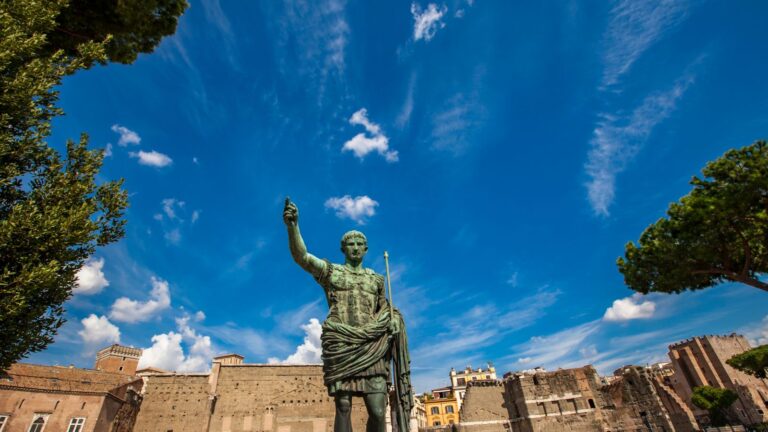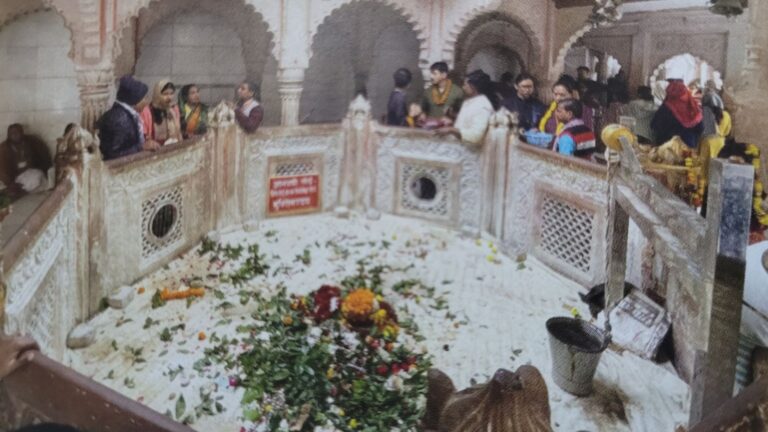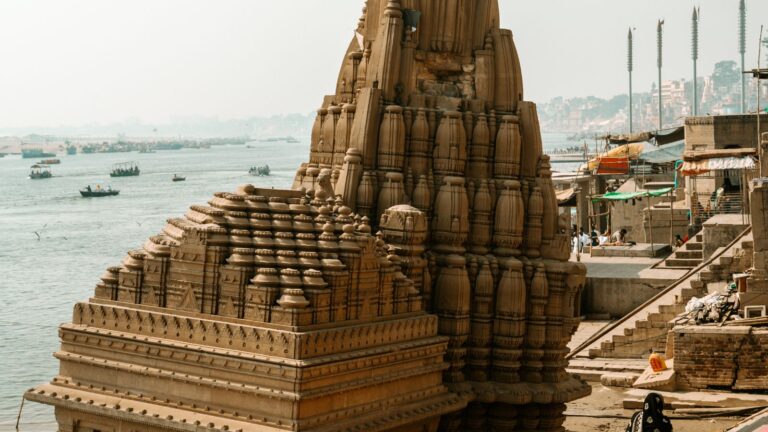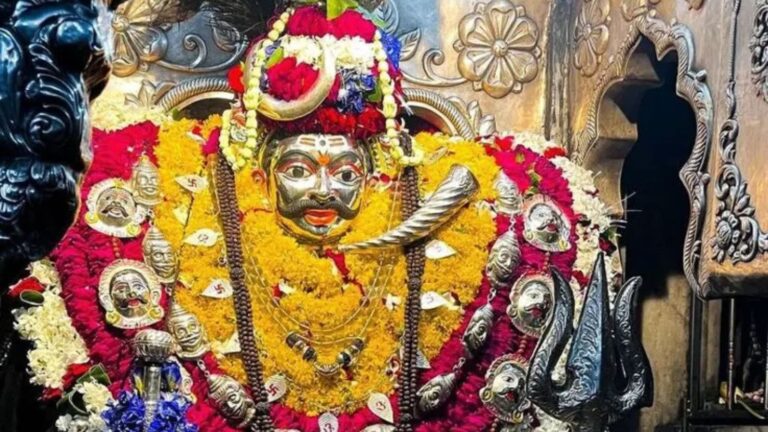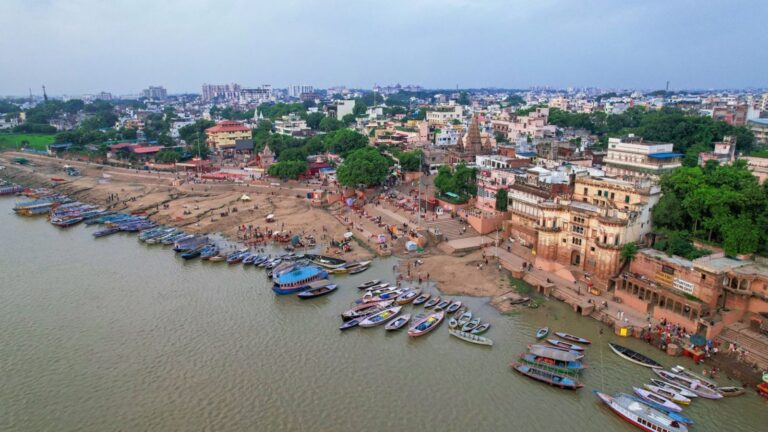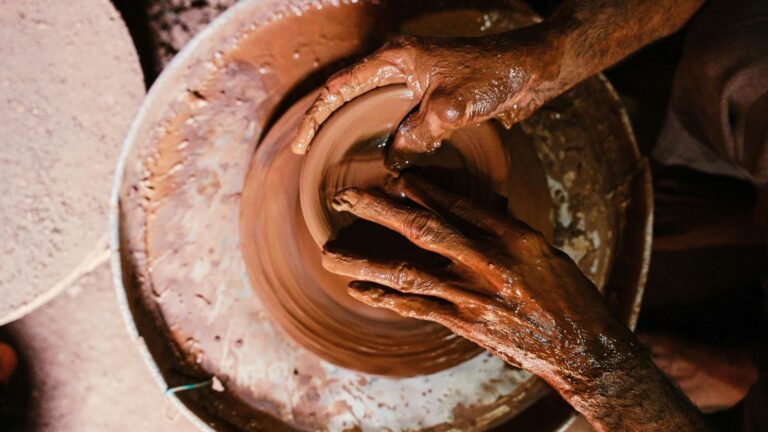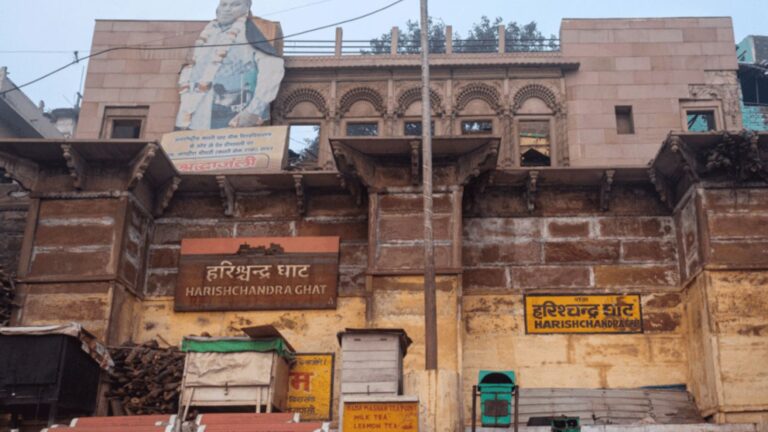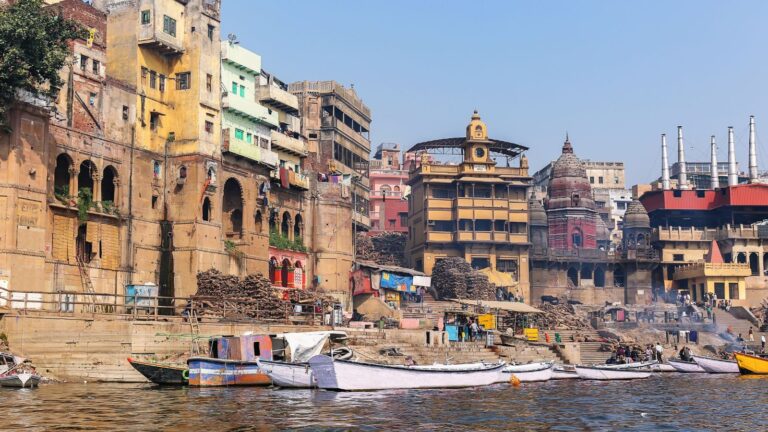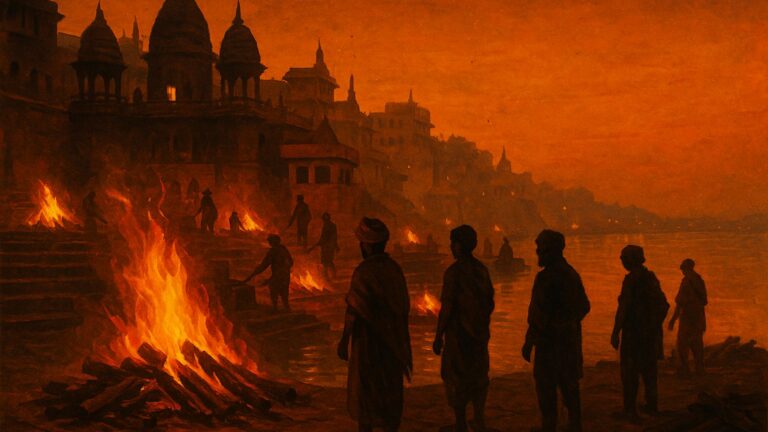
The Doms of Varanasi – Guardians of Eternal Flame
The Doms is a community whose presence is inseparable from Varanasi’s cremation ghats. For centuries, they have overseen cremations at Manikarnika and Harishchandra, the two principal burning ghats on the Ganga. Their work is ritually central: arranging wood, building pyres,…
